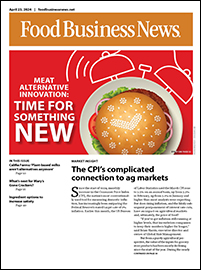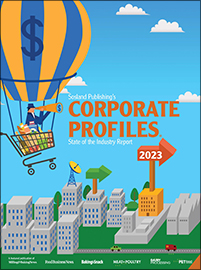ATLANTA — President Donald Trump on Feb. 10 imposed a 25% tariff on all steel and aluminum imports into the United States, which may lead the Coca-Cola Co. to change its packaging strategy.
“If one package suffers some increase in input costs, we continue to have other packaging offerings that will allow us to compete in the affordability space,” said James Quincey, chief executive officer of Coca-Cola, in a Feb. 11 earnings call to discuss fiscal-year results. “So for example, if aluminum cans become more expensive, we can put more emphasis on PET bottles, etc., etc.”
Hedging on key materials and mix management between different packaging materials are two options Coca-Cola may use to deal with tariffs, he added.
“Look, I think we’re in danger of exaggerating the impact of the 25% increase in the aluminum price relative to the total system,” Quincey said. “It’s not insignificant, but it’s not going to radically change a multibillion-dollar US business, and packaging is only a small component of the total cost structure.”
During the earnings call, Filippo Falorni, an analyst for Falorni Citigroup Inc., asked for Quincey’s thoughts on the global trade environment while pointing out that Coca-Cola’s supply chain largely is localized in most countries.
“We are expecting more variation in agriculturals than industrials,” Quincey said. “Notwithstanding recent actions, we will manage through it. As you said, we are predominantly a local business when it comes to making each of the beverages. The vast majority of everything that’s consumed in the US is made in the US. Similarly, we’re in virtually every country around the world, and so while it’s a global business, it’s very local. So yes, every bottler will be importing something from somewhere as a piece of the puzzle, but the economics are more predominantly local than they are global.”
Net income for Atlanta-based Coca-Cola in the fiscal year ended Dec. 31, 2024, decreased 1% to $10.63 billion, or $2.47 per share on the common stock, from $10.71 billion, or $2.48 per share, in the previous fiscal year. Net operating revenues increased 3% to $47.06 billion from $45.75 billion. Unit case volume increased 1%, led by Brazil, India and Mexico. Price/mix increased 11%.
.jpg?height=667&t=1739366583&width=1080)



